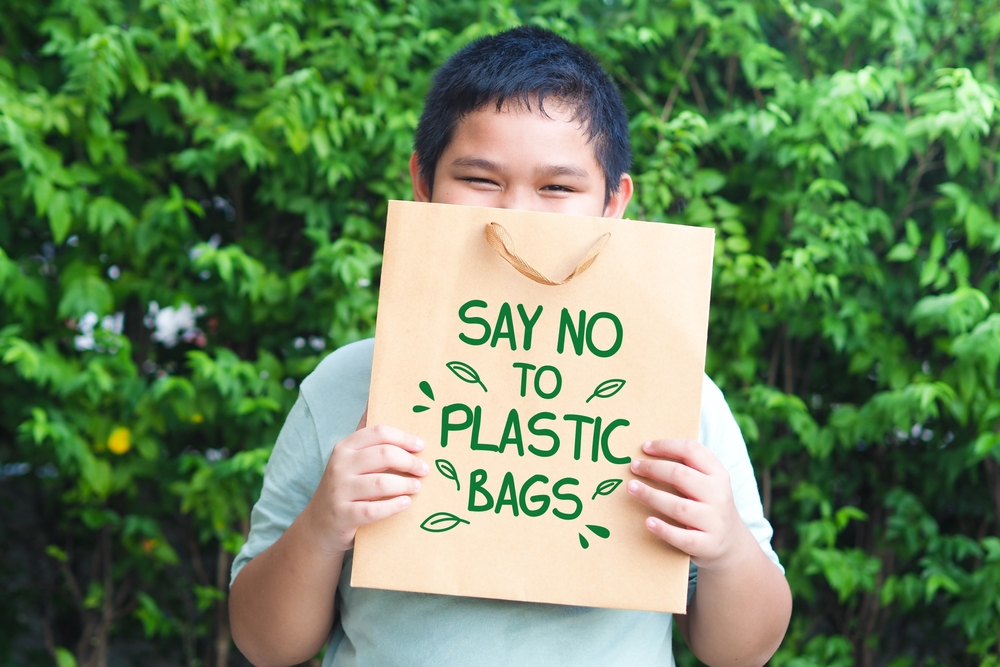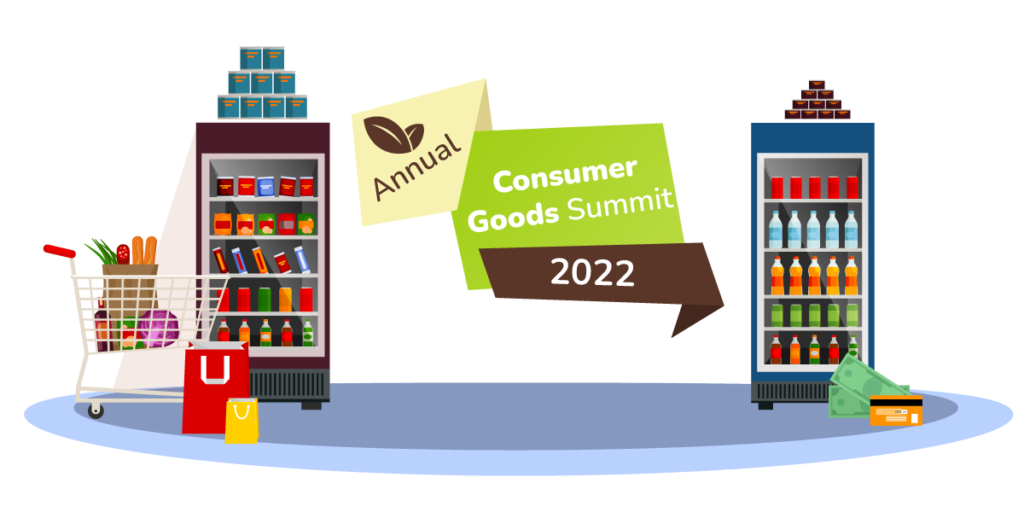Consumers in Asia-Pacific who are conscious of environmental, social, and corporate governance concerns are on the same level as those in Europe and the United States. The basic challenge lies with the brand owners, as consumers say they want to buy sustainable goods and are ready to pay a premium price for them, yet few do. This is referred to as the “say-do gap.” Among the region’s more than 16,000 customers polled, 15% do not buy sustainable items due to a lack of information or simply because they do not trust promises of sustainability. A further 10% claimed a lack of availability. Price is cited as a barrier by just 16% of respondents. Companies that overcome the say-do gap are more likely to succeed. In Asia-Pacific, four out of every five environmentally and socially concerned consumers actively suggest sustainable goods that they appreciate. More than half of these consumers are “super promoters,” meaning they recommend the product to more than ten individuals.
Meet Asia’s environmentally conscious shoppers
-
China:
- 30% of Chinese consumers started buying sustainable products in the past two years.
- 25% of consumers say social benefits are the top purchasing criteria.
- 46% list health benefits as the top purchasing criterion.
- 95% are willing to pay more for more sustainable products.
-
Australia:
- 38% of Australians have started buying sustainable products in the past two years.
- Social benefits and health benefits are the top criteria for 16% and 41% of Australian consumers, respectively.
- 76% are willing to pay more for sustainable products.
-
India:
- 48% of Indian consumers have bought more sustainable products over the past two years.
- 20% say that social benefits are the top purchasing criteria for them.
- 49% list health benefits as the top criterion.
- 94% are ready to pay more for more sustainable products.
-
Malaysia:
- 48% of Malaysians have started buying sustainable products in the past two years.
- 58% list health benefits as the top criterion.
- Only 9% say social benefits are the top purchasing criterion for them.
- 38% plan to spend more in the future on sustainable products.
-
Singapore
- 49% of Singapore’s consumers started buying sustainable products in the past two years.
- 49% say health benefits are their top criterion.
- 29% plan to spend more in the future on sustainable goods.
The global awareness of an expanding spectrum of environmental, social, and corporate governance (ESG) concerns is developing rapidly, and nowhere is it growing more drastically than in the Asia-Pacific area. Consumer products executives who service the area’s vast and rising markets, like their competitors worldwide, are now rushing to figure out what it means for their firms and brands. Understanding Asia-Pacific consumers’ newfound commitment to sustainability begins with watching the larger global movement and how quickly it is gaining traction in the area.
Over 200 governments have already signed on to the Paris Agreement to limit global warming to 1.5 degrees Celsius, and more than 127 have enacted plastic bag restrictions or bans. China, for example, has set limitations on over-packaging in food and cosmetics effective from 2023, while India has banned single-use plastics. Japan and South Korea have both committed to reaching carbon neutrality by 2050, while Singapore has unveiled an ambitious green strategy that includes, among other things, lowering garbage transported to landfill per inhabitant per day by 30% by 2030.
Sustainability is also becoming a more critical concern for investors, with 78% of global investors placing more importance on ESG now than they did five years ago and 65% predicting that ESG will become standard practise over the next five years. Singapore compels all publicly traded firms to report on climate change, while India has demanded that its top 1,000 publicly traded corporations do the same in 2023.
Similarly, sustainability in all of its forms has arisen as a critical concern for employees. In Asia-Pacific, for example, 75% of employees now want their employers to opt for sustainable business practises.
While regulators, investors, and employees continue to call for change, it is becoming clear that consumers are a driving force in the sustainability movement. One evidence of rising customer interest is that Google searches for ESG phrases surged more than 20-fold in South Korea and more than 30-fold in Indonesia during the last five years. As per research, health benefits and quality are the top priorities for consumers, while being good for the environment comes third. The relative importance varies by area. For example, in Asia-Pacific, customers prioritise health benefits; in Europe, they prioritise quality.
The problem is that many brand owners acknowledge that they have not achieved as much success as they had intended and are unsure how to proceed. They are perplexed as to what sustainable buyers desire and why they do not follow through on their pledges. While many brand owners claim they are committed to enhancing the sustainability of their goods and operations, few have found scalable ways to fulfil their goals, and even fewer are sure that the investments they are contemplating will provide favourable results. Above all, big brands have to overcome the fundamental issue of the “say-do gap.” According to a study, while many customers show a desire to purchase sustainable items and are even ready to pay a premium for them, few actually do so.
Consumer goods firms that want to execute a true ESG transformation must integrate sustainability into the core of their brand. Twenty CEOs from significant consumer goods firms were interviewed, and they all agreed that sustainability is becoming a priority and that they are investing more effort in it. However, 50% stated that they need to be more ambitious, and 100% stated that extensive work is necessary to completely integrate sustainability into the heart of their organisation. Many insurgent brands in Asia-Pacific and throughout the world, on the other hand, are born sustainable, concentrating on a small number of ESG aspects that are an inherent part of the brand’s mission and promise.
Mama Earth, an Indian skincare brand, sells natural adult and infant care items that are free of toxins, and it also helps to grow trees. Customers receive confirmation of a tree they assisted in planting as soon as they place an order. Human Nature, a Philippine personal care business, does not experiment on animals and pays more than a fair wage to less-affluent areas in the Philippines, where many of its components are sourced. Who Gives a Crap, an Australian firm, makes 100% recycled toilet paper (bamboo or paper) and contributes 50% of its income to enable greater access to clean water and toilets.
Bottom line:
The above-mentioned brands and other insurgents give essential insights for traditional consumer goods businesses, which are investigating methods to infuse sustainability into their brands.




